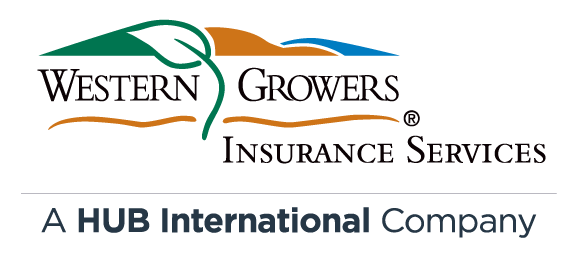July 11, 2024
The Lake Fire in the Santa Ynez Valley has devastated over 30,000 acres as of Thursday, with containment at only 16%. This serves as a critical reminder for employers about the Cal/OSHA permanent regulation on worker protection from wildfire smoke, effective since February 1, 2021. This regulation is crucial for ensuring the safety and health of employees exposed to harmful wildfire smoke.
Regulation Overview
Cal/OSHA’s regulation (section 5141) mandates specific actions for workplaces where:
- The Air Quality Index (AQI) for PM2.5 is 151 or higher.
- There is a reasonable expectation that employees may be exposed to wildfire smoke.
An AQI of 151 or above for PM2.5 corresponds to an “Unhealthy” level of health concern, typically marked in red on air quality maps and tables.
Key Requirements
- Monitoring Air Quality: Employers must monitor worksite air quality for PM2.5 at the beginning of each shift and periodically thereafter. This can be done using the EPA’s AirNow website, local Air Pollution Control District (APCD) websites, or direct worksite measurements.
- Protective Measures: When the PM2.5 AQI is 151 or higher, employers must implement measures to protect employees. This includes:
- Identifying harmful exposures.
- Communicating with employees.
- Providing necessary training.
- Controlling harmful exposures.
Employers are required to provide training as outlined in Appendix B of the regulation, which includes essential information for employees.
- Use of N95 Respirators: N95 respirators may be available through Ag Commissioner’s offices. Employers are encouraged to use administrative controls, such as relocating work, adjusting work schedules, reducing work intensity, or providing additional rest periods, where practicable.
- Respiratory Protective Equipment:
- For AQI levels between 151 and 500, employers must provide NIOSH-approved respirators (like N95 masks) for voluntary use. Training is required for voluntary use, but fit tests and medical evaluations are not.
- For AQI levels exceeding 500, respirator use is mandatory. Employers must provide respirators for all employees and adhere to additional requirements.
SB 1044
Employers are reminded that as of January 1, 2023, California Senate Bill 1044 protects employees from employer retaliation if they leave their workplace or refuse to report to work during an emergency when they reasonably believe it’s unsafe. An “emergency condition” is defined as disaster or extreme peril to the safety at the workplace caused by natural forces or a crime, or an evacuation order due to a natural disaster or crime at the workplace, an employee’s home, or their child’s school.
Conclusion
Employers must refer to the adopted regulations for comprehensive details on required communication, training, and control measures. Ensuring compliance with these regulations is vital for safeguarding the health and safety of employees during wildfire events.
For more information, visit Cal/OSHA’s Worker Safety and Health in Wildfire Regions webpage and access additional resources, including mandatory training materials and fact sheets in both English and Spanish, and information on protecting workers exposed to smoke from wildfires and worker safety during cleanup.


